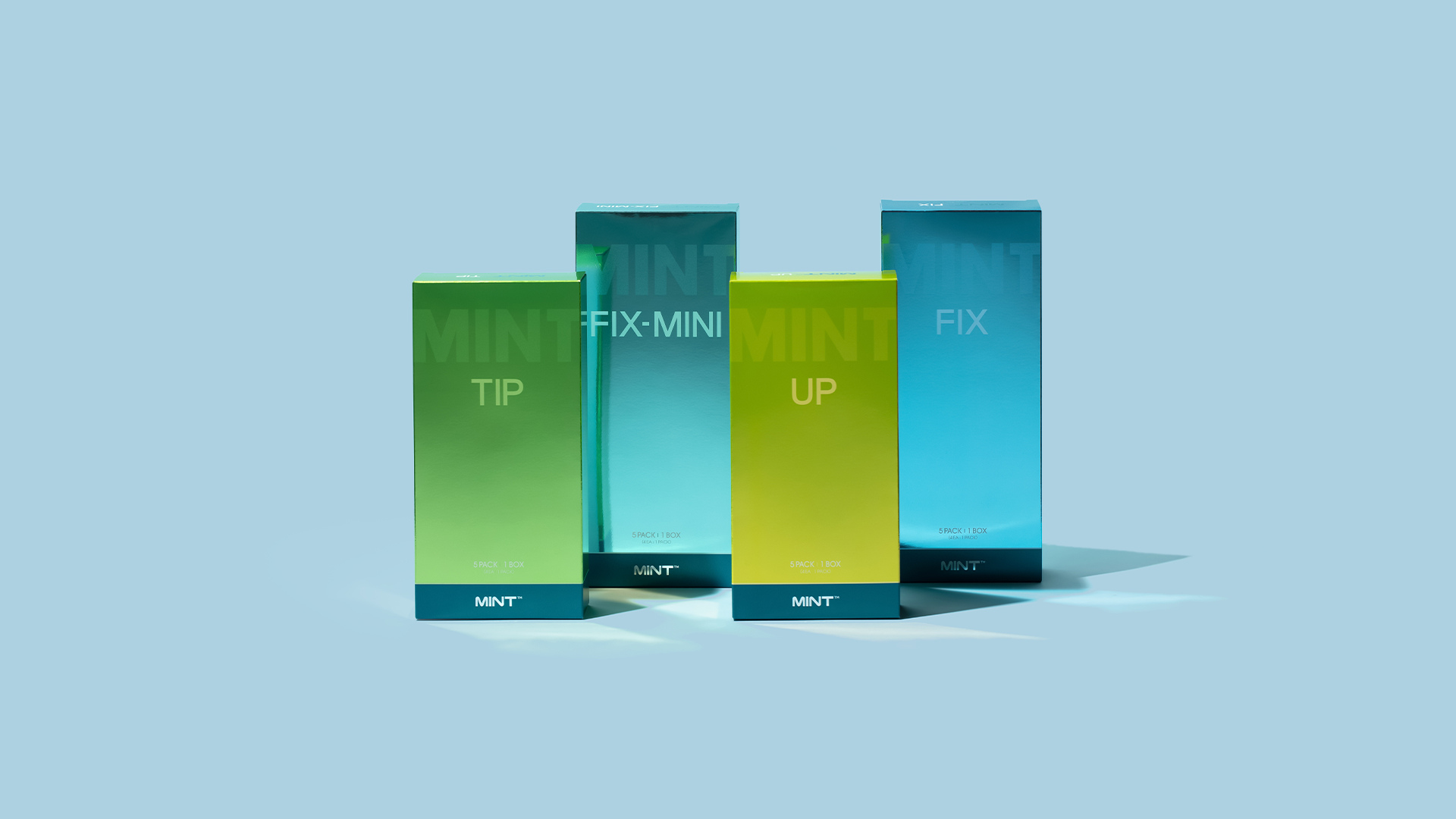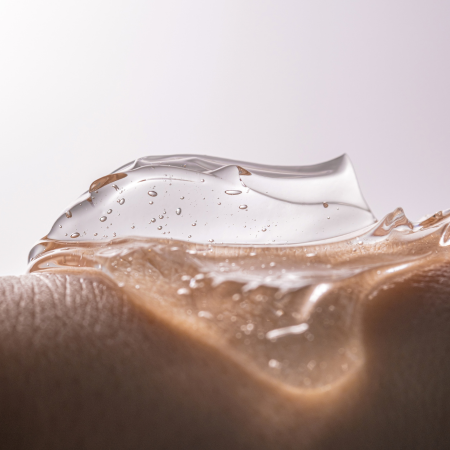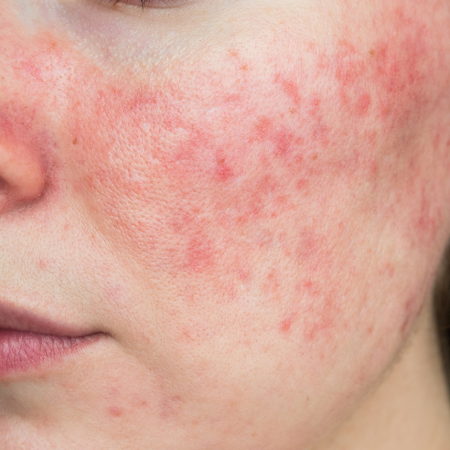How Long Do PDO Threads Last?
The Longevity of PDO Threading

One of the most asked about procedures in medspas and aesthetic practices have been PDO threading. The non-surgical, minimally invasive face lift that first gained popularity in South Korea is known to give great looking results at a fraction of the cost, risk, and time of a traditional facelift.
These tiny threads are placed beneath the skin and restores firmness and reduces sagging by repositioning the skin, promoting neocollagenesis from the polydioxanone. But amid the excitement of a revitalized appearance, a common question lingers in the minds of those considering this procedure: "How long do PDO threads last?"
Whether you're curious about the latest advancements in cosmetic treatments or contemplating this procedure for the first time, let’s demystify secrets behind this innovative beauty solution. We'll delve into the factors that influence their durability, the importance of choosing the best brand of PDO threads, and compare the pros and cons between threads and traditional facelifts.
Background information on PDO Threading
Before diving into the question of “how long does a thread lift last?” We need to consider some background information about the procedure. Namely, why are more people looking at PDO threading?
First of all, let's take a look into the foundation of the thread, the polydioxanone material. Polydioxanone or PDO has been used as a surgical suture material for decades due to its ability to fully dissolve and its non-antigenic properties. In the case of aesthetics, it dissolves and leaves behind a structure promoting the growth of collagen.
One reason people choose this procedure is the minimally invasive nature. The approach combines innovation and aesthetic medicine to provide a safe and nonsurgical alternative to surgical facelifts.
Another reason people choose this procedure over surgical facelifts is the cost. PDO threading costs a fraction of a traditional facelift. What’s more, the procedure can be finished within one hour and patients can go back to their regular routine in no time.
So How Long Does a Thread Lift Last?
So how long do PDO threads last? To answer this question directly, a thread lift typically lasts 6-8 months, as that is how long it typically takes for the threads to dissolve.
However, there are many factors we need to take when assessing this number. How long your thread lift will last depends on the area it’s being done, how many threads will be used, the expertise of your provider, and the quality of threads being used
Skin Laxity
The best candidate for PDO threading are those with mild to moderate skin laxity. If the skin is too loose or thin, there won’t be a substantial amount of tissue to reposition to see a visible effect. On the other hand, if there’s too much fat tissue in the area, the threads may not be strong enough for long lasting results.
Amount of Threads Used
The amount of threads a provider will use for a specific treatment all depends on the circumstance.
Providers will charge for PDO threading either by the threads used, or by the area. When they charge for the area, it’s usually a fixed price based on your consultation, and if you need more threads for the best results, it’ll be included in the cost. When it’s charged by the thread you’ll work together with your provider to figure out the amount of threads that’s best suited for you, and create a treatment plan before the procedure.
It’s extremely important to have a thorough consultation with your provider prior to any treatment. Every thread lift case is different, and it’s very important to customize the treatment for you.
Provider Expertise
Another defining factor for your thread lift to last long is the expertise of your provider. This procedure is not easy to do, but with the right training, the results will be amazing. It’s extremely important for providers to go through this education, so they can give you the best possible experience.
There are many sources for PDO thread training available. Thread companies will often have a faculty of medical professionals who conduct training for other providers. Make sure your provider has taken advantage of those resources, or better yet, is one of the administrators conducting them.
The Importance of Choosing The Best Brand of PDO Threads

Even the best artists need reliable tools to perfect their craft. In this case, choosing the best brand of PDO threads can go a long way to elevate the overall results of a treatment. As the ultimate person who will have the threads placed into them, it is important to do your homework and to make sure your medical provider uses safe and reputable brands.
Some aspects to look out for include:
In-house manufacturing:
Look for brands that manufacture their own threads. This means having their own research team and manufacturing process instead of repackaging them and redistributing products made by a third party. If they make their own threads, they have more control over the quality of their products.
FDA clearances:
All PDO threads must be FDA cleared in the US to be marketed. Look for brands that have one, or better yet, multiple FDA clearances.
Portfolio:
Most PDO thread brands have a vast portfolio of products. If they have different threads for different applications, ask your provider which thread designs will be used and the reasoning behind where and how they will be placed.
When asking how long does a thread lift last? The longevity of a thread lift lies in several factors. Choosing an experienced provider who has been trained with the brand they use is a good place to start. If they use the best brand of PDO threads, are thoroughly trained, and go through in-depth consultations to assess if you’re a good candidate, the higher the chances are that you will receive a tailored treatment plan that can yield effective and long lasting results
Make sure you do your research on the best fit for you!




